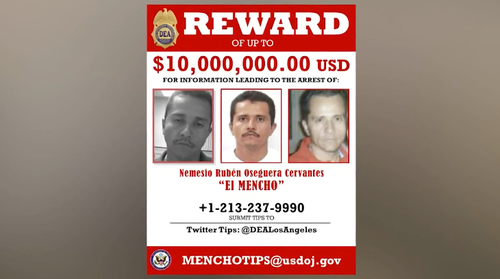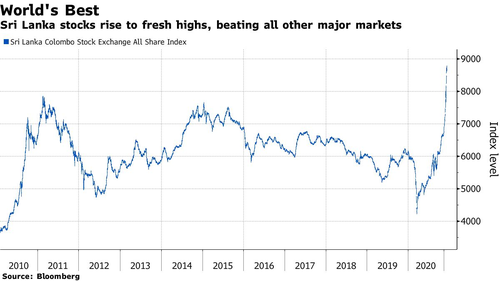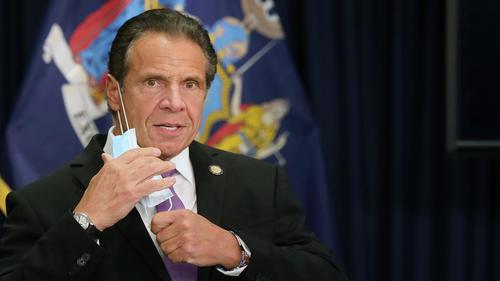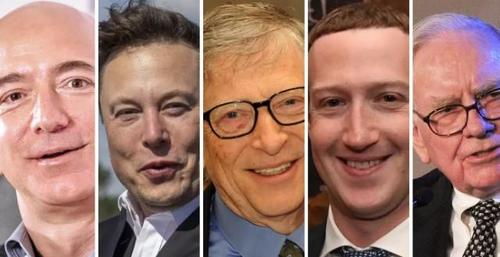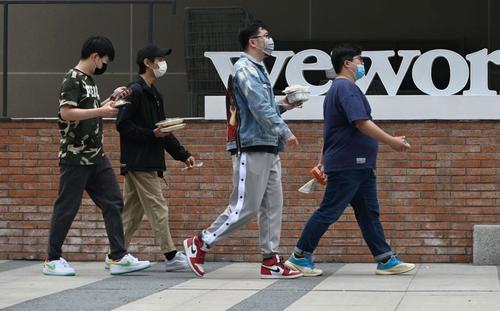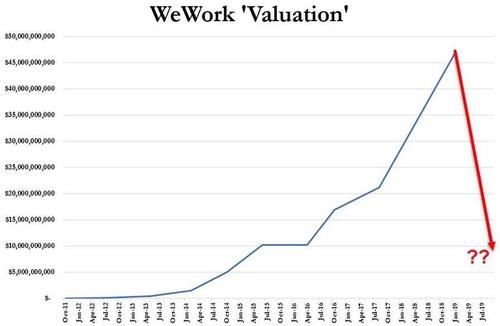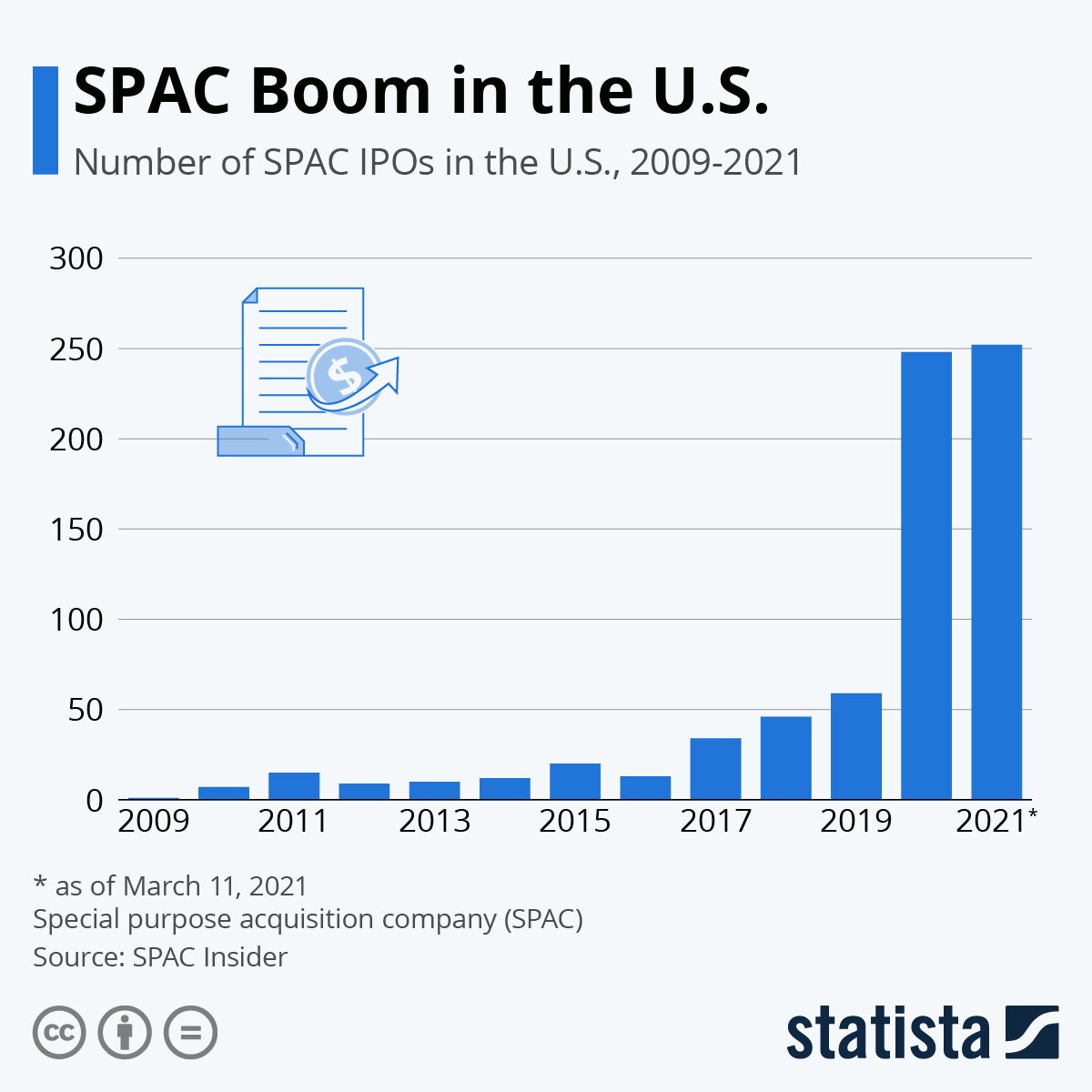Defendant Virgil Griffith is charged in an indictment with conspiring to violate the International Emergency Economic Powers Act (“IEEPA”), 50 U.S.C. §§ 1701–1706. The indictment alleges that an object of the fifteen-month conspiracy was to provide services to the Democratic People’s Republic of North Korea (“DPRK”) without the required government approvals. He now moves to dismiss the indictment …. [U]pon review of the law governing the offense conduct, the indictment states a federal crime and violates no constitutional prohibition….
Griffith asserts that he is an American citizen from Tuscaloosa, who at the time of the acts underlying the indictment, was domiciled in Singapore working for the Ethereum Foundation as a Senior Researcher. His position was similar to a business development manager for the Foundation. As part of his employment and interest in cryptocurrencies, Griffith spoke and gave presentations at various panels or conferences about the technology.
In August 2018, Griffith learned about a cryptocurrency conference in North Korea. Since early 2018, Griffith wanted to establish an Ethereum environment in the DPRK, at one point texting a colleague, “we’d love to make an Ethereum trip to the DPRK and setup an Ethereum node…. It’ll help them circumvent the current sanctions on them.” Griffith also sent texts to a colleague speculating that while he was not sure why the DPRK was interested in cryptocurrencies, it was “probably avoiding sanctions.”
In January 2019, Griffith applied to the State Department for permission to travel to the DPRK, informing them that he would speak at a cryptocurrency conference about “the applications of blockchain technology to business and anti-corruption.” The State Department denied his request, though according to the defense, they did not inform him that traveling to DRPK or participating in the conference would violate United States law. Griffith was determined to attend despite the denial, and sought the approval of the DPRK UN Mission in Manhattan. He sent the mission (via email) copies of his CV, passport, and explained his desire to attend the conference. He was granted a visa a month later.
Griffith flew to the DPRK on April 18, 2019. The conference was held from April 23 to April 24. He flew back to Singapore on April 25. The parties characterize the nature of Griffith’s presentation differently. Griffith claims that he spoke before approximately 100 North Koreans, covering very basic information about use of blockchain technology, use of “smart contracts,” and “information that one could readily learn from a Google search[.]” The government claims that Griffith gave a presentation and answered questions on cryptocurrency topics that were pre-approved by the DPRK and largely surrounded the potential to launder money and evade sanctions. The government obtained portions of audio recordings of the conference that have been produced to the defendant.
Upon returning to Singapore, Griffith visited the U.S. embassy to report his trip, and was interviewed by a State Department official for “several hours.” On May 22, 2019, he traveled to New York and was interviewed by the FBI at their request. On November 6, 2019, he was questioned over the phone by the FBI. On November 12, 2019, he again was interviewed by the FBI, this time in San Francisco, where he voluntarily turned over his cell phone. On or about November 28, 2019, he was arrested at Los Angeles International Airport on a criminal complaint. On January 7, 2020, an indictment was filed charging him with one count of conspiring to violate the IEEPA….
While framed as a challenge to the face of the indictment and its legal and constitutional infirmities, Griffith, in actuality, argues that the facts that are likely to be presented at trial will not support a lawful conviction. His argument vacillates between complaining of the paucity of facts alleged in the indictment and an assertion that the government’s evidence and theory of the case will not succeed in proving a crime: “While the indictment lists not a single allegation of fact, based on the government’s complaint, its filing in this case, and the discovery it has produced to date, it appears that the government’s theory is that by attending and speaking at a blockchain conference in Pyongyang, Mr. Griffith provided ‘services’ because he ‘provided the DPRK with valuable information on blockchain and cryptocurrency technologies, and participated in discussions regarding cryptocurrency technologies to evade sanctions and launder money.'” …
Griffith argues that his conduct does not meet the definition of providing “services” to the DPRK, as he only discussed well-known and well-understood features of cryptocurrency and blockchain technologies…. Griffith relies on United States v. Homa Int’l Trading Corp. (2d Cir. 2004) for the principle that “[t]he term ‘services’ is unambiguous and refers to the performance of something useful for a fee.” He asserts that he was not paid by the DPRK to attend and speak at the conference….
Subsequent Circuit law firmly points to the conclusion that the language in Homa was dicta. The Second Circuit dealt with the same regulation as Homa—the ban of providing services to Iran—in United States v. Banki (2d Cir. 2012). But there, the Banki court noted that reading a fee requirement into the term “services” would allow entities and individuals to provide uncompensated assistance and services to Iranian corporations with no consequence. Instead, the panel looked to the various dictionary definitions of “services,” most of which did not require a fee…. The Court concludes that that Banki is the controlling law in this Circuit….
Griffith further argues that, even if his speaking engagement is considered “services,” the conduct is statutorily exempt from the NKSR under the information exception. As interpreted by OFAC, the exception only applies to materials that are “fully created and in existence at the date of the transactions.”
The exception has not been construed by the Second Circuit. In determining what is included in this exception (again in the context of Iranian sanctions), the Third Circuit has stated that “the key distinction rests between informational materials that are widely circulated in a standardized format and those that are bespoke.” United States v. Amirnazmi (3d Cir. 2011). Griffith argues that because his presentation was nothing more than “high-level publicly available information” without substantive alteration, it falls under the exception. The government characterizes his presentation differently. It claims to have evidence that will show that Griffith drew diagrams on a whiteboard while speaking and concluded his time with a brief question-and-answer session. There is a factual dispute that, in the face of the grand jury’s indictment, can only be resolved by a petit jury….
Significantly, the grand jury has not charged Griffith with a substantive violation of the IEEPA but with a conspiracy to violate IEEPA. The government has represented, both in their brief and at oral argument, that Griffith’s speaking engagement at the April 2019 conference was a major step in a long-term plan to persuade and assist the DPRK in using Ethereum to avoid sanctions and launder money.
Even if Griffith’s presentation at the conference, taken in isolation, did not qualify as the provision of services, or was exempt under the information exception, evidence at trial may be sufficient to demonstrate his guilt in conspiring to provide services. The charged conspiracy is alleged to have been in existence from August 2018 through November 2019, extending seven months after the April speaking engagement. “[T]he law does not require that an indictment set forth every act committed by the conspirators in furtherance of the conspiracy.”
The facts will emerge at trial. The jury will be free to draw reasonable and permissible inferences and will decide the ultimate factual issues. The Court declines the invitation to opine whether the government’s proof will fail to establish “services” falling outside the information exception….
Griffith argues that “[t]o the extent that any OFAC regulation, as applied, criminalizes protected pure speech, it would violate Mr Griffith’s First Amendment rights….”
The difficulty of an as applied challenge in this case arises from its present posture. The indictment charges Griffith with participation in a fifteen-months’ long conspiracy to violate the statute, regulation and Executive Orders. No substantive crime is alleged. In their briefing to this Court, the government and Griffith each venture beyond the indictment and do not agree on the precise contours of the conspiratorial activities.
The government claims that the co-conspirators agreed to advise the North Koreans on how “to evade and avoid sanctions by using blockchain and cryptocurrency technologies.” Griffith asserts that the government’s evidence shows that his remarks at the April conference consisted of only “general articles in the public domain” and “very general information … available on the Internet.” Because the government’s evidence has not been presented at a trial, Griffith’s briefing does not address the seven-month period following the April 2019 conference. He faces a practical difficulty in mounting as an applied challenge to a conspiracy charge in a pretrial setting.
The Court assumes for the purpose of this motion that the regulatory scheme as applied and enforced against Griffith is subject to strict scrutiny. Strict scrutiny applies when the government regulation either “defin[es] regulated speech by particular subject matter,” or “by its function or purpose,” as “[b]oth are distinctions drawn based on the message a speaker conveys.” Such restrictions “are presumptively unconstitutional and may be justified only if the government proves that they are narrowly tailored to serve compelling state interests.” The narrow tailoring requirement is met only where “the challenged regulation is the least restrictive means among available, effective alternatives.”
The Court concludes that the government has a compelling interest in preventing the provision of services to the DPRK…. The Court also concludes that the regulatory scheme is narrowly tailored to achieve this compelling government interest. First, the regulations and Executive Orders are aimed at a designated country: DPRK. Second, the regulatory scheme has an express exemption that forecloses enforcement against “the exportation to any country of any [pre-existing] information or informational materials … whether commercial or otherwise, regardless of format or medium of transmission.” Third, the regulations implement a licensing scheme. Griffith could have but did not seek a license from OFAC to attend the conference and render services to the DPRK. Lastly, the government seeks to enforce the regulatory scheme against Griffith under a criminal statute that requires it to prove beyond a reasonable doubt that he “willfully” conspired to violate the law. In combination, the Court concludes that the regulatory scheme is narrowly tailored to achieve a compelling government interest and survives strict scrutiny as applied to Griffith.
This holding is consistent with Holder v. Humanitarian Law Project (2010), in which the Supreme Court held that a ban on providing “service” or “material support” to foreign entities designated as “foreign terrorist organizations” survived strict scrutiny. The statute in Holder, in the Court’s words, reached “material support … in the form of speech.” The support at issue consisted generally of “monetary contributions … legal training, and political advocacy ….” But the Court noted that the regulations were targeted only at “designated” terrorist organizations, the criminal enforcement provisions required that the person have acted “knowingly,” and the regulations did not prohibit independent advocacy on behalf of the designated groups, even though it prohibited advocacy in coordination with or at the behest of such groups.
Griffith cites to a Ninth Circuit case sustaining a First Amendment challenge to an OFAC regulatory scheme prohibiting coordinated political advocacy with an Oregon-based group that had been classified as a “specially designated global terrorist.” But there, the proposed services were to be rendered by a fully domestic organization to a “domestic branch office” of a foreign entity. The Ninth Circuit explicitly distinguished the case before it from “the Supreme Court’s concern about foreign nations’ perception of ‘Americans furnishing material support to foreign groups.'”
The Ninth Circuit also concluded that the services under scrutiny … were unlikely to raise any money for the designated terrorist organization, and that even if they did, the organization’s assets were frozen by law. Because of the non-monetary and domestic nature of the advocacy …, the Ninth Circuit held that the organization had “a First Amendment right to engage in the forms of coordinated advocacy that it seeks, such as holding a joint press conference with AHIF–Oregon” and that “[t]he content-based prohibitions … violate the First Amendment.”
Griffith’s challenge has nothing to do with advocacy, whether independent or coordinated. He is charged with knowingly and willfully participating in a conspiracy to provide services to the DPRK, a foreign state which “increasingly imperils the United States and its allies.” It will be part of the government’s burden to prove that (1) Griffith knowingly and willfully joined a conspiracy with knowledge of its unlawful object, i.e. the providing services to the DPRK; (2) that the services were to be more than providing preexisting information; and (3) the services were to be provided without a required OFAC approval. Applying strict scrutiny, the regulatory scheme as applied to Griffith serves a compelling foreign policy interest of the United States and imposes the least restrictive burden on speech.


